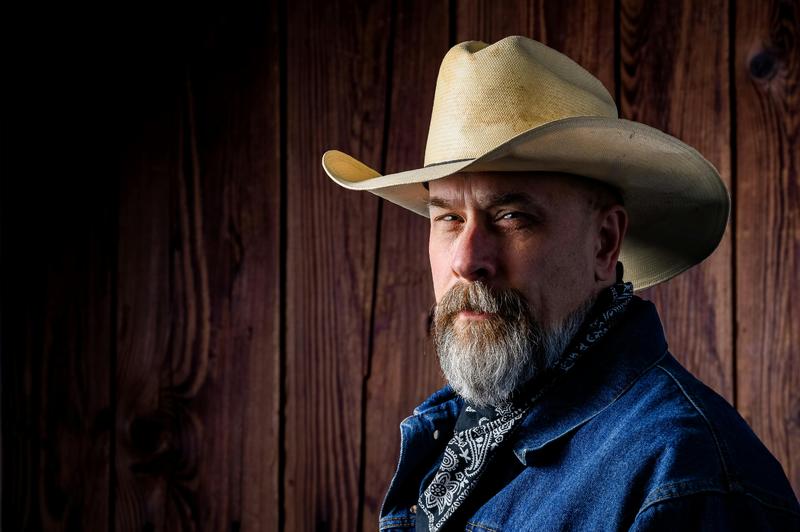Toughness Isn’t What You Think

Most people think they’re emotionally strong because they can power through. But pushing through isn’t strength. It’s just survival with a different name.
Today I want to talk about something I hear a lot—especially from people who are physically fit, mentally sharp, and disciplined in many areas of life. They’ll say things like, “I’m tough. I don’t let things get to me. I just keep going.” But when we actually look under the hood, what’s driving that behavior…isn’t emotional resilience. It’s emotional avoidance. And that distinction? It makes all the difference.
Let’s start by clearing something up. When I say emotional toughness, I don’t mean gritting your teeth and getting through the day. I don’t mean holding your breath and waiting for the hard moment to pass. That kind of endurance is based in suppression, not strength. It trains your system to disconnect from what you're feeling—not to build capacity for anything new.
And if you’re constantly overriding your inner world to stay productive, stay in control, or stay composed…you're not training toughness. You're training collapse in slow motion. Because eventually, the system breaks. The sleep stops working. The energy crashes. The clarity disappears. And the emotional state behind all of it—the one you've been unconsciously reinforcing—is something like shutdown, frustration, or numbness.
So what is emotional toughness? It’s the trained ability to stay on line in the face of emotional intensity—without collapsing, suppressing, or escaping. That doesn’t mean you never feel triggered. It means your system doesn’t get taken over by the trigger. You feel the intensity rise…and you stay with it. You redirect your focus. You make a choice—on purpose. And that choice is aligned with who you want to be. Not just what you're reacting to.
This is capacity. Not because it feels good—but because you’ve trained your system to stay available even when it doesn’t. That’s emotional toughness. And it’s what makes mental strength sustainable. It’s what makes physical toughness purposeful. Without this inner capacity, all the discipline in the world eventually hits a wall.
Let me give you an example. Someone I worked with—let’s call him J—ran his own business, trained five days a week, and had built what most people would call a “strong mindset.” He could push through anything. But that was the problem. He always pushed through. When something in his personal life stirred up discomfort—an offhand comment, a moment of disconnection, a missed expectation—he defaulted to silence, control, and performance.
To everyone else, he looked composed. But internally, his system was reinforcing a state of tightness and retreat. Not because he wanted to. But because he hadn’t trained another option. What’s the emotional state being practiced here? Self-protection. It looks like strength. But it’s not resilient. It’s reactive. And the more he trained that state—even unconsciously—the more it became where he lived from.
Here’s where the model matters. Everything you do emotionally starts with perception. You interpret a moment. That interpretation triggers an emotion. That emotion drives your thoughts. And those thoughts shape your actions. So when you’re trying to “be tough,” but the perception underneath is still, “I’m not safe,” or “This could fall apart,” then the emotional state you're reinforcing is fear or control—even if your behavior looks composed.
Emotional training doesn’t mean pretending to be calm. It means shifting the origin point—your perception—so that your emotional state stabilizes before the thoughts and actions ever show up. And that only happens through repetition. Just like physical training.
Let’s talk about high performers for a moment. You might run marathons. You might eat clean, sleep well, and have a dialed-in morning routine. You might be mentally sharp, disciplined with your time, and driven by clear goals. But without emotional training? All of that is vulnerable.
Because emotional reactivity can undo your best decisions in seconds. You snap at your partner. You abandon a business direction out of fear. You spiral into second-guessing—even though your logic is solid. Why? Because your state is off. And if your state isn’t trained, it runs the show.
Here’s the core principle. You are always training something. The question is: what state are you reinforcing? Every time you collapse into frustration… Every time you override your system just to get through… Every time you react from fear, doubt, or anger—You're reinforcing a neural-emotional loop that becomes easier to access the next time. And harder to override.
That’s not your fault. But it is your responsibility—if you want to change it. Because the only way to build a different baseline is to train a different state. Not once. But every day. Until that state becomes where you live from, not just something you visit occasionally.
So how do you know if you’re in a survival pattern masquerading as strength? Here’s a simple check-in. Ask yourself: What emotional state am I reinforcing right now? Is it grounded power? Or is it performance? Is it calm confidence? Or is it control? And then—are your current thoughts and actions aligned with who you’re committed to becoming?
If not, you can redirect. That doesn’t mean “trying to feel better.” It means pausing. Recognizing the pattern. And choosing the state you want to lead with. Not from force. From training. Over and over, until your system learns something new.
If you’re ready to stop managing symptoms and start training a steady, resilient inner state, I’ve built a system for that. It integrates perception, emotion, and nervous system—so you don’t just understand your patterns…you actually shift them.
I also share practices weekly on Instagram—@mikewangcoaching. And if you want more depth, you can join the newsletter here.
